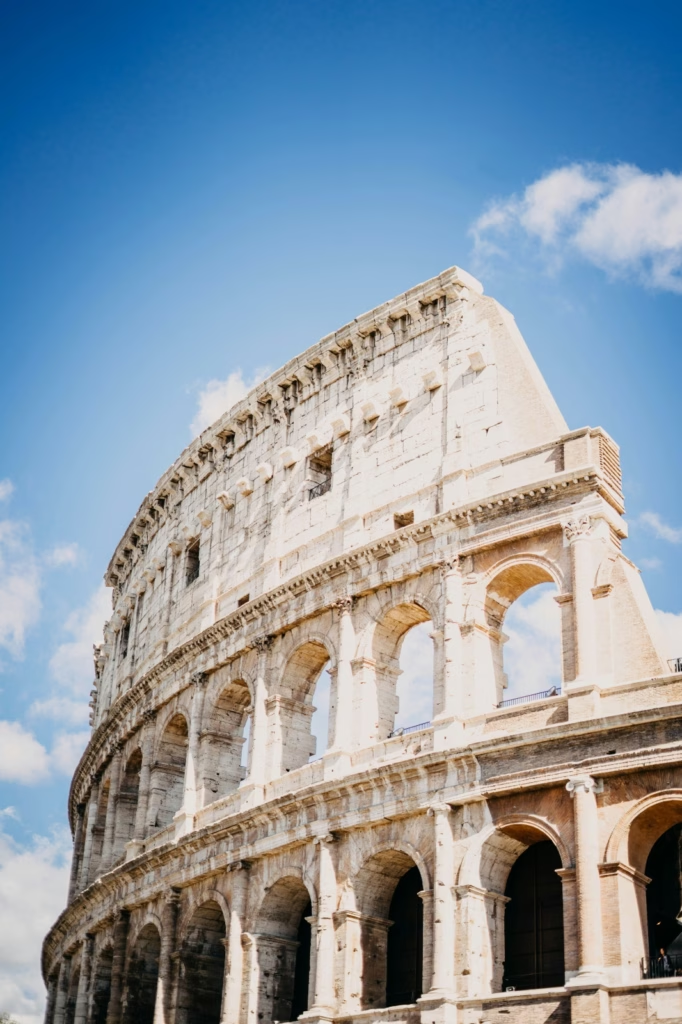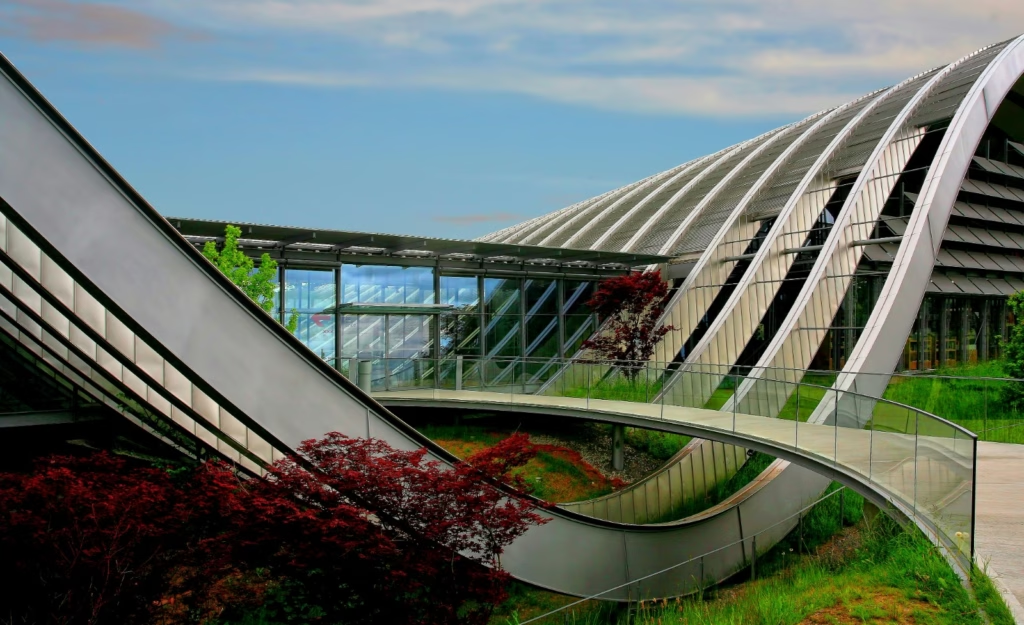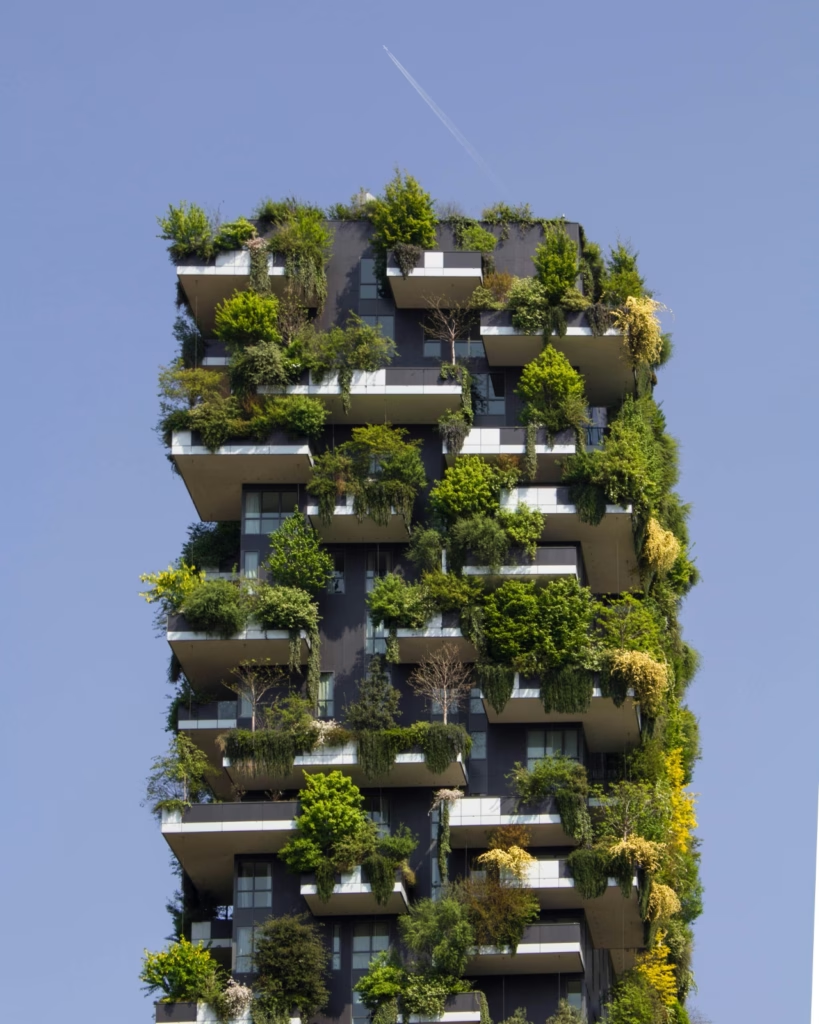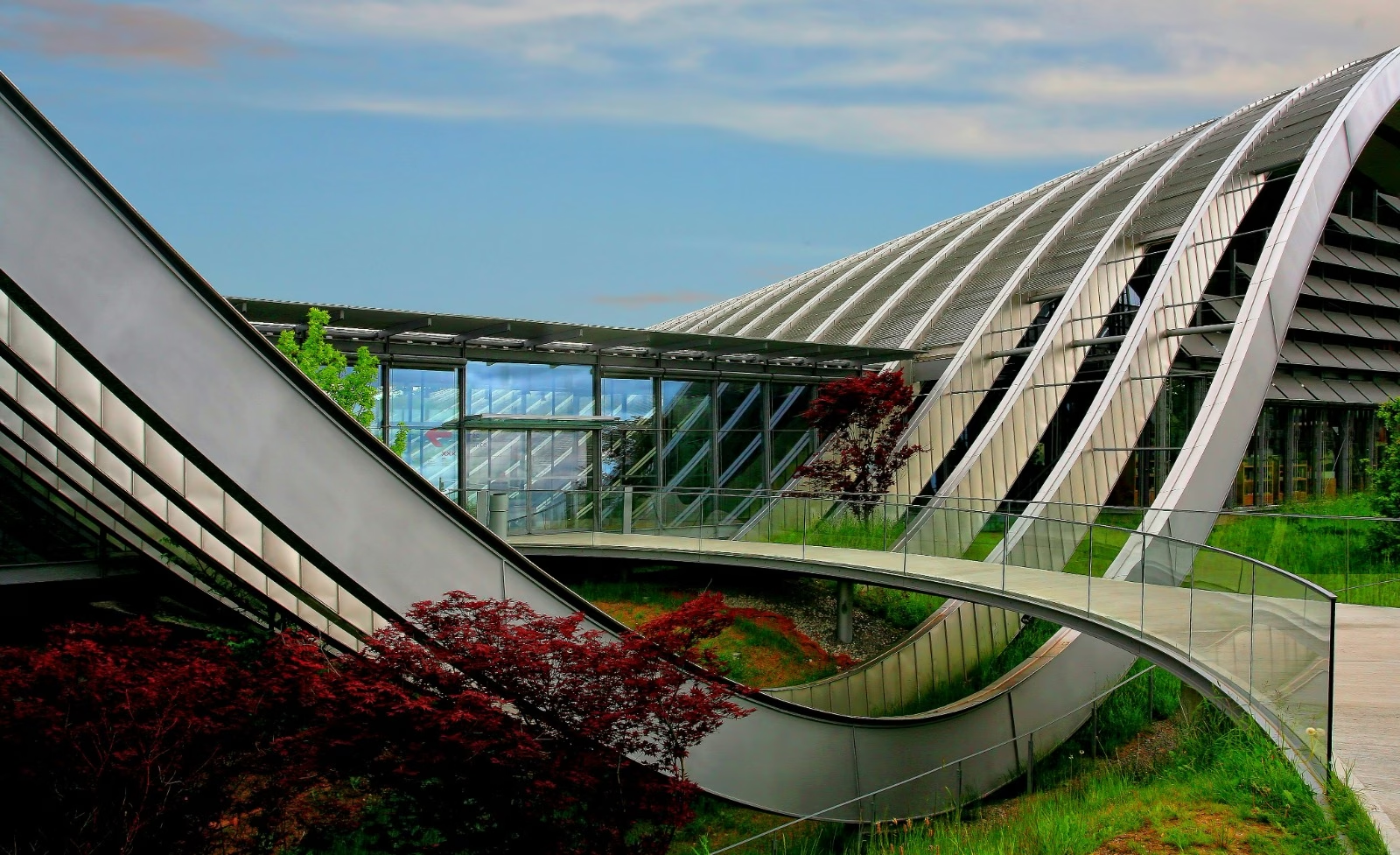
Since ancient times, architecture has been the driving force behind the revolutionising of human living spaces, representing society and reflecting culture, passion, religion and the downfall of civilisations. Incredible buildings displaying staggering diversity have stood throughout history, with practically every culture having a unique architectural style. Astonishingly, quite a few of these structures stand tall even to this day.
Unfortunately, the rest of the world doesn’t see the field of architecture as just as necessary as architects do. The worrisome emptiness in these statements is not the usual lamentation of the profession but the world’s failure to understand what it means.
While the entire ‘concept’ of shelter may seem straightforward, buildings were initially shaped based on the region’s climate. These materials were easy to access and also based on the culture of the people.
Architecture impacts the emotional state of the people interacting with it. Whether it’s intended or not, a building can provoke a range of emotions, such as belonging, awe, fear or hope.

As the world became more connected, styles evolved but even in modern construction, there lies importance in honouring the cultural nuances in the built environment.
Roman and Greek architecture are the best examples of how architecture influences people in their interactions with society and how it creates common ground for social interactions. Thermae, stoa, temples, and theatres are a few examples of communal spaces during ancient times.
Architects are bound to have a sense of responsibility to be more aware of designs and their effects on the urban fabric.
Whether it is how the planning of the space or a particular material finish, all of it contributes to the occupants’ health and productivity.
The culture of a society can be seen closely interacting with the structural, historical, political and even economic features of a community.
Research studies show that people working in well-designed spaces are more focused and productive in their work.
Even before it became known as an expert art, there was so much to learn from it. The first men- the protagonist- have demonstrated a talent worth admiring of fitting their buildings into the natural surroundings. They welcomed the vagaries of climate, challenged the natural topography, and did not try to conquer nature as we do today.
The first men did not hesitate to seek out the most complex configuration of landscape, the most sanguine of them are known to have chosen sites such as Machu-Picchu, and Monte Alban, to name a few.

As evolutions occur in design and society, there is a question of what to do with the old, outdated, rundown buildings. Some of these are worked on and modified according to needs and desires, while others that are beyond repair are demolished.
These structures make one understand the importance of architecture and how society and we as humans go hand in hand with it.
About the Author

She is an architect whose creativity and attention to detail transform spaces into works of art. With a strong passion and a commitment to innovative solutions, she blends functionality with beauty, always pushing the boundaries of what architecture can achieve. More about Author at:
https://substack.com/@architecturewithcandy?r=55fxdo&utm_medium=ios&utm_source=profile
https://www.instagram.com/architecturewithcandy/?igsh=bjZrbWY4bjZrYW4%3D&utm_source=qr#



